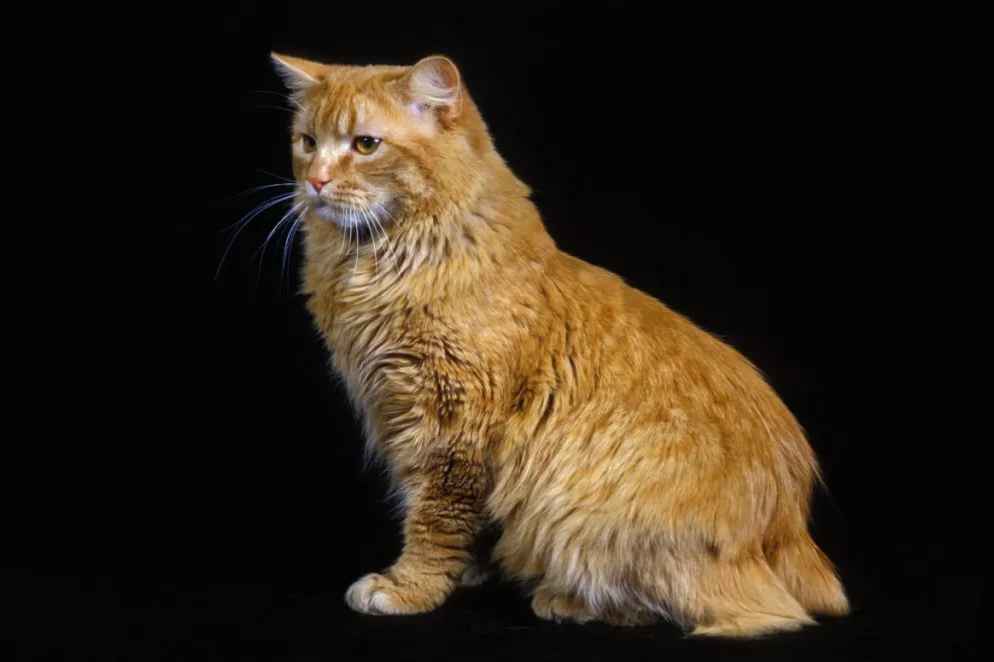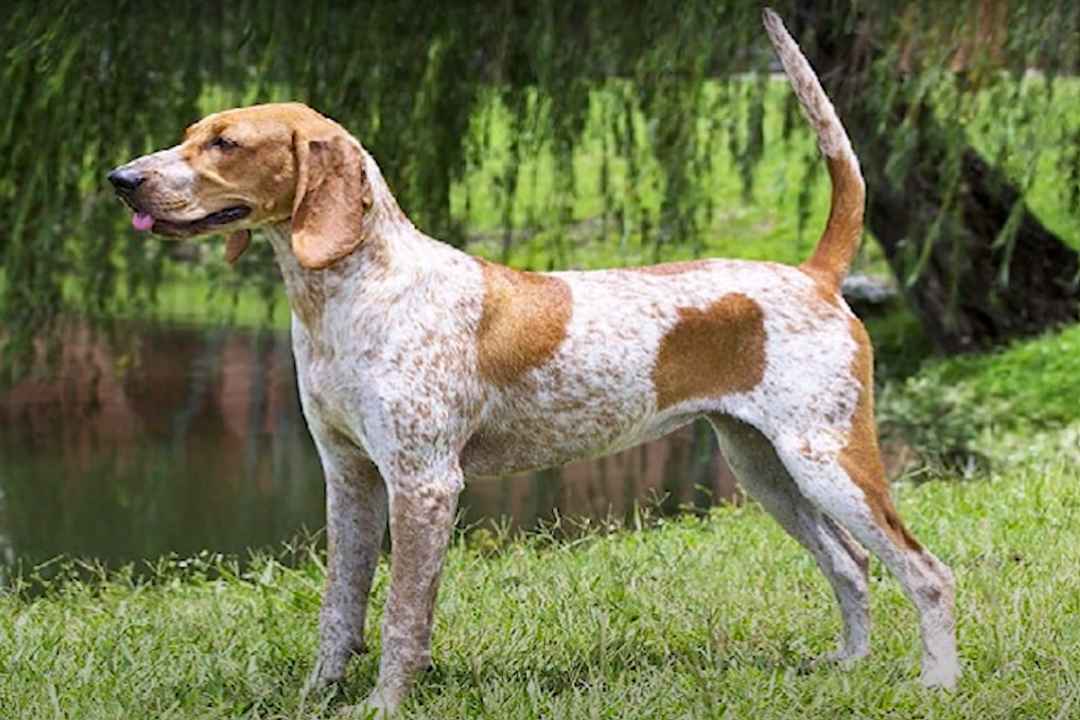The Turkish Van is a natural breed, untouched by artificial selection, with a history intertwined with human civilization in the "Cradle of Civilization" . Its most iconic features include a pure white, semi-long coat with vivid coloration limited to the head and tail, and often heterochromatic eyes (one blue, one amber) . Males can weigh between 9–20 pounds, while females range from 7–12 pounds, maturing fully at 3–5 years . Unlike most felines, Turkish Vans exhibit an extraordinary affinity for water, a trait documented since the 1950s when British photographers witnessed kittens swimming in ponds during their Turkish travels . This behavior earned them the nickname "Swimming Cat," cementing their status as a global curiosity.
In Türkiye, the Turkish Van is more than a pet—it is a cultural symbol. Known locally as "Vankedisi," the breed features prominently in folktales, where it is often portrayed as a heroic or mystical figure . Its allure extends beyond myth: the Van Cat Villa, a research and conservation center, welcomed over 200,000 visitors in 2024, including 30,000 international tourists . The center, established in 1992, not only preserves the breed’s genetic purity but also serves as a tourism hub, allowing visitors to interact with these regal cats .
Efforts to safeguard the Turkish Van have intensified in recent decades. The Van Cat Research and Application Center employs advanced techniques, including a sperm bank, to enhance genetic diversity and fertility . In 2025 alone, the center recorded 37 healthy kittens in the first round of births, with plans to place at least 100 kittens in adoptive homes by year’s end . Local initiatives, such as Fatih Binici’s conservation project, have also played a pivotal role, rescuing cats from near-extinction and expanding habitats . However, challenges persist, including the need for stricter regulations to prevent unauthorized exports and ensure responsible ownership .
Beyond their physical allure, Turkish Vans are celebrated for their intelligence and vivacity. They excel at fetching, walking on leashes, and even performing tricks . Their playful antics—such as stealing pens or carrying stuffed animals larger than their heads—endear them to families globally . Despite their high energy (sleeping only 6–7 hours daily), they form deep bonds with humans, making them cherished companions .
As Türkiye continues to promote its cultural heritage, the Turkish Van stands as a living ambassador, bridging ancient traditions with modern conservation efforts. With its striking beauty, unique behaviors, and enduring legacy, this breed remains a testament to the harmony between nature and humanity.








